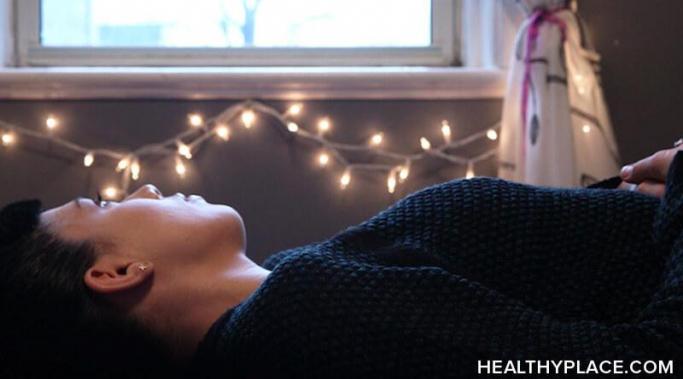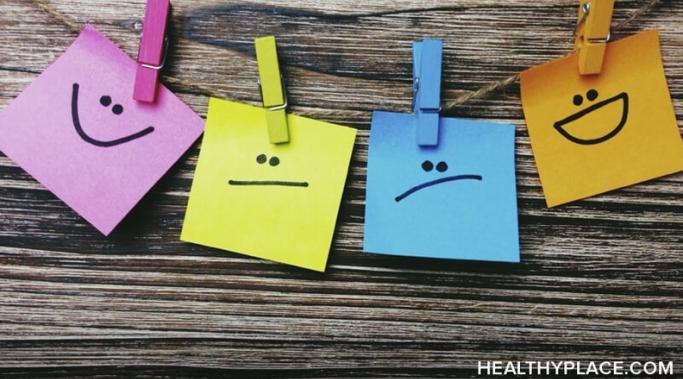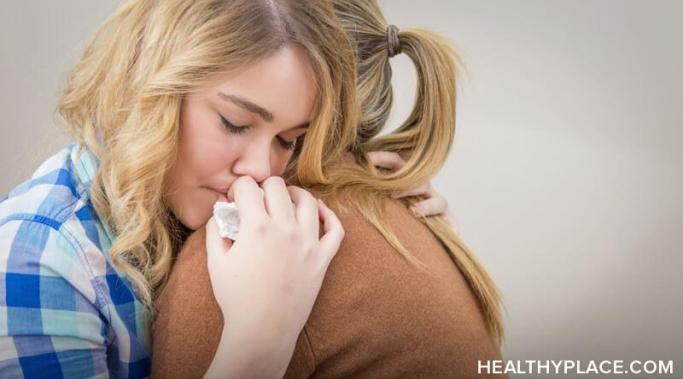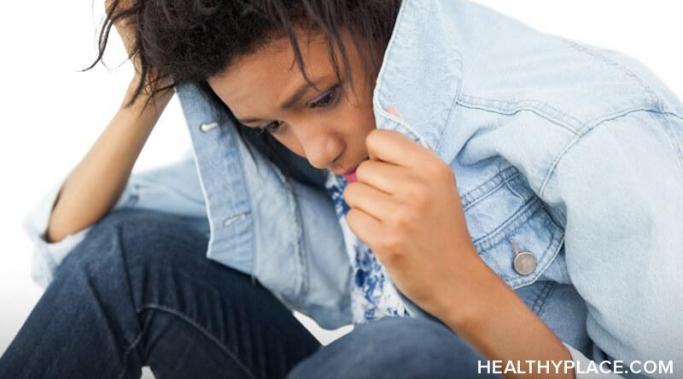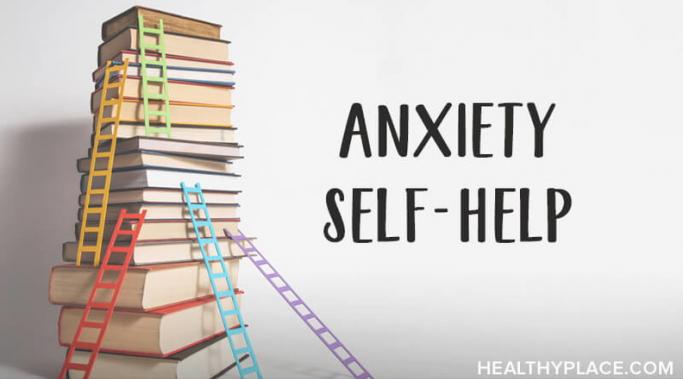When you're living with posttraumatic stress disorder (PTSD), the holiday season can feel like a nightmare. Holidays can be stressful for everyone, but trying to balance the activities of the season when you have PTSD can be very overwhelming.
Trauma! A PTSD Blog
Posttraumatic stress disorder (PTSD) is a difficult disorder to carry throughout life, so you need to learn how to manage PTSD triggers. The symptoms of PTSD can be debilitating, and it's hard to predict when they're going to strike. Any sight, sound, smell, or conversation can cause an unwanted traumatic memory to pop up in your mind, disrupting your sense of peace. Learning to cope with PTSD starts with identifying the triggers that cause you distress. If you are able to predict what types of stimuli might cause you to get stuck in a traumatic memory, you will be better prepared to manage the PTSD triggers throughout your day.
Posttraumatic stress disorder (PTSD) and grief are very similar at their core. They crash into our lives like a train skidding off the rails, wreck everything that we once knew, and leave us picking up the pieces of our lives in the wreckage. And for some, grief and PTSD occur at the same time. Traumatic events that involve the loss of something or someone special (a car accident, for example) can cause people to develop PTSD and feelings of grief concurrently. For others, trauma and grief occur at different points in their lives but still overlap, forcing them to deal with the emotions of both.
Deciding to tell someone about your posttraumatic stress disorder (PTSD) diagnosis can be a stressful decision. It's tough to open up about your mental health, especially after going through a traumatic experience. Will people understand? Will they judge you?
An important aspect of healing and learning to live with complex posttraumatic stress disorder (PTSD) is recognizing when it's time to take a step back from life's many responsibilities and give yourself a little self-compassion and self-care. Lately, I find myself being pulled in 100 different directions, which is causing a flare-up in my complex PSTD. To that end, while it's been my honor to write for you, it's time for me to listen to my own words and say goodbye to "Trauma! A PTSD Blog."
After going through a traumatic experience, it can be difficult to trust people and you can develop overwhelming trust issues. While many relationships are able to bounce back from difficult circumstances, around 5-10 percent of people with posttraumatic stress disorder (PTSD) will experience lasting relationship issues as a result of the traumatic experience.
Suicide can be a tough topic to discuss among those suffering from posttraumatic stress disorder (PTSD). Though around 56% of people with PTSD experience suicidal thoughts, ideation, or actions, admitting to having those feelings can feel shameful. (Note: This post contains a trigger warning.)
Shame and suicidal thoughts are often part of living with complex posttraumatic stress disorder (PTSD), especially after childhood trauma. When you are experiencing shame, those thoughts can become worse. Understanding how to identify shame and have self-compassion can help with suicide prevention. (Note: This post contains a trigger warning.)
Posttraumatic stress disorder's panic attacks are scary--literally. Characterized by feelings of extreme fear and anxiety, many people with posttraumatic stress disorder (PTSD) experience the sweaty palms, racing heartbeat, and rapid breathing that comes with panic attacks.
Depression is a common symptom of posttraumatic stress disorder (PTSD). After someone goes through a traumatic experience, it's normal to feel sorrow, confusion, and anger--all of which can manifest into depression.
